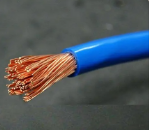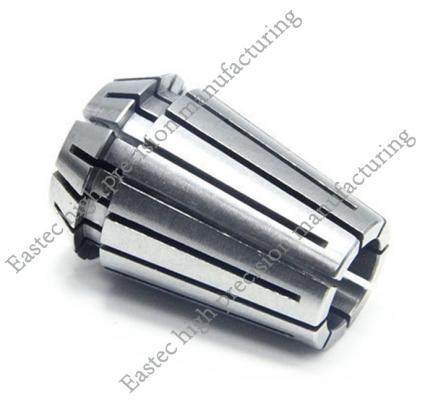In a laboratory at Tianjin University, a sea-blue intelligent welding device is deftly maneuvering robotic arms to perform high-precision steel pipe welding. On April 8, the university announced that the world's first T/K/Y pipe joint intelligent welding equipment, developed by Professor Xu Lianyong's team from the School of Materials Science and Engineering, is about to enter engineering applications. This marks the official entry of offshore oil and gas platform construction into the "prefabricated" intelligent era.
Why does traditional welding need innovation? As the core structure of offshore oil and gas platforms, jacket foundations must operate stably for over 30 years in harsh marine environments, supporting critical functions such as drilling and oil extraction. In traditional construction, welders manually weld hundreds of steel pipes of varying specifications at heights of dozens of meters to form complex joint structures—a process that is not only high-risk but also inefficient. Professor Xu Lianyong vividly compares it to "building a structure with tens of tons of blocks, relying entirely on the craftsman's experience and feel."
The breakthrough of this intelligent equipment lies in three core technologies: First, an innovative mechanical system and precision compensation technology enable high-precision welding of oversized pipe joints weighing over 30 tons. Second, a self-developed vision system allows robots to accurately identify irregular weld seams. Most importantly, the team has overcome the global challenge of adaptive welding for multi-layer, multi-pass, variable cross-section spatial curved seams. Xu Lianyong explains, "We've equipped the robot with 'sharp eyes' and a 'super brain,' granting it the skills of a seasoned welder."
In practical operations, engineers can adjust welding parameters in real time through a monitoring system. Compared to traditional methods, the new equipment improves efficiency by over 20% while ensuring consistent welding quality. More crucially, it shifts high-altitude work to workshop production, significantly reducing safety risks and enhancing construction standardization.
The technology has broad application prospects, extending beyond offshore oil and gas platforms to fields like shipbuilding and wind turbine installation, where large steel structures are essential. With the delivery of the first unit, China's heavy equipment manufacturing is accelerating into a new intelligent phase. This innovation will effectively drive quality and efficiency transformations in marine engineering construction.





 Customer service 1
Customer service 1  Customer service 2
Customer service 2